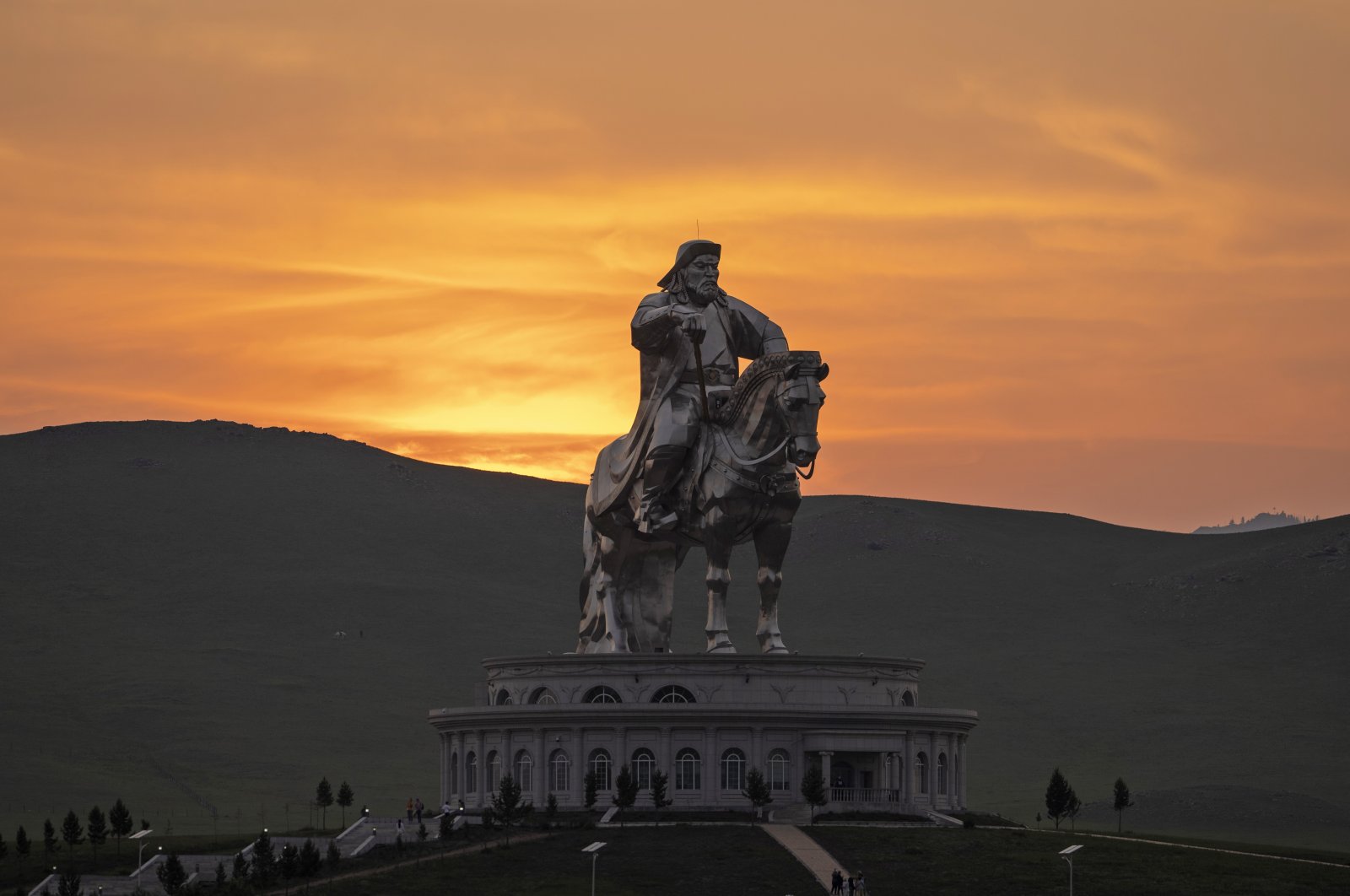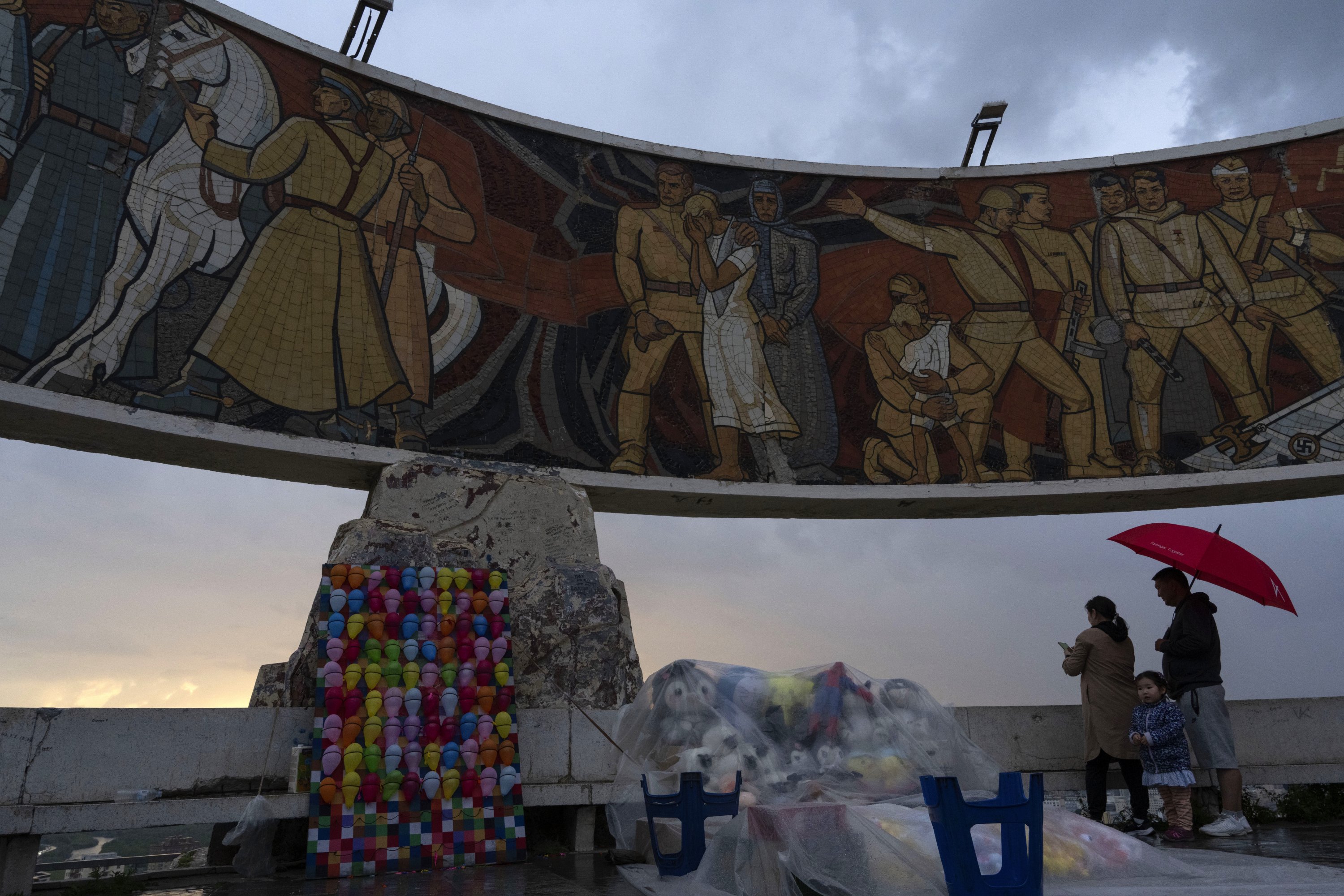
A towering statue of Genghis Khan commands the rolling plains and endless skies outside Mongolia's capital, Ulaanbaatar.
The leader of the Mongols founded an empire in the early 13th century that expanded under his descendants into parts of Europe and the Middle East while subduing neighboring China and ruling it for nearly a century.


Modern-day Mongolia, still large though sparsely populated, is landlocked and surrounded by two giants: Russia to the north and China to the south.
The country transitioned to democracy in the early 1990s – holding its most recent election last week – after more than six decades as a single-party communist state with close ties to the Soviet Union.
The Mongols who tore across the grasslands to expand the empire were skilled warriors on horseback. Millions of the animals continue to have an important place in Mongolian culture and outnumber the country's people.
Almost half of Mongolia's population now lives in the capital, finding shelter from the bitter winters but challenged by growing air pollution there.
